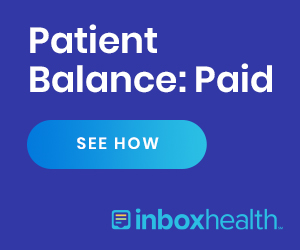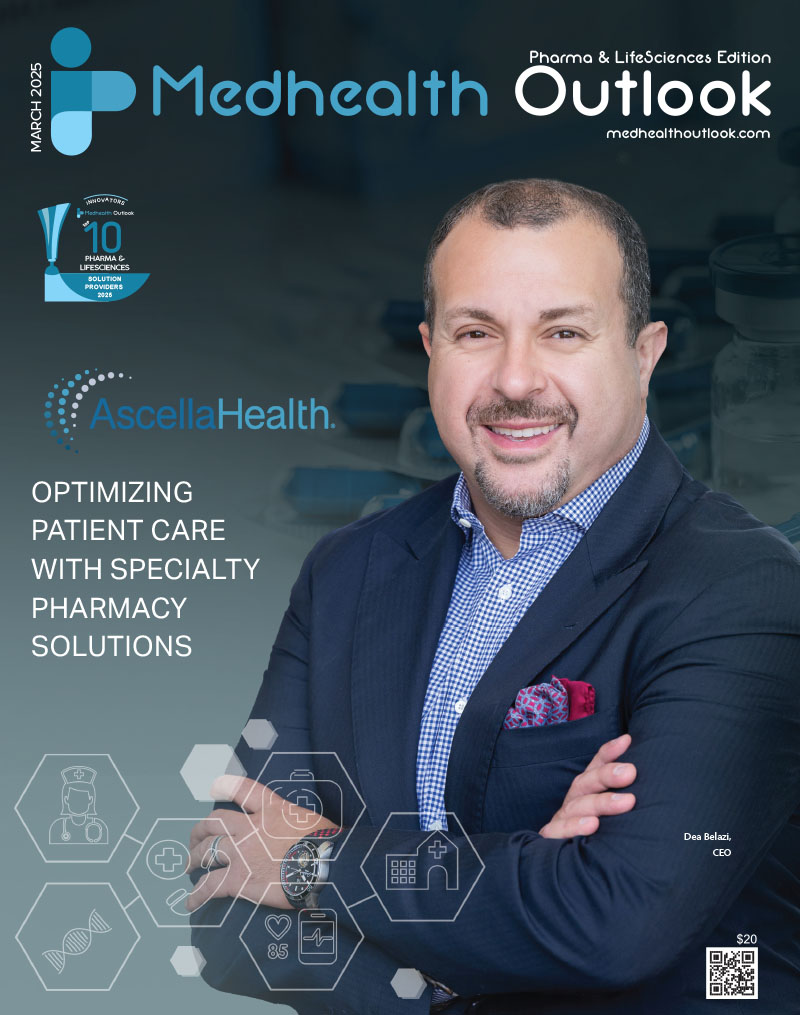It is apparent that the financial model for healthcare in the U.S.is not sustainable. According to the Healthcare Payment Learning & Action Network, the industry is rapidly transitioning to “alternative payment models tied to quality and value though the adoption of two-sided risk alternative payments.” Presently over one-third of reimbursement is tied to this methodology, with Medicaid at 15%,commercial at 15%, Medicare Advantage at 30%, and traditional Medicare at 30%.1A key to the success of this business strategy is physician engagement. Physicians must contribute to standardizing care and become part of a team instead of their remaining in perceived historic role as “revenue generators.”
The recent pandemic has accelerated physician-practices consolidation,leading to physician employment. Lifestyle expectations, the costs and pressures of private practice, the inability to scale resources to meet population needs, and other factors have made the employed physician model the preferred choice of a new generation of physicians.2 However, this pandemic has pushed even mid-practice and older physicians to reconsider private practice. Nearly seven in 10 physicians are now employed.3
While the trend toward the employed model is not surprising, some results of the arrangement—and what “being employed” entails—seem to catch both physicians and their employers off guard, leading to a host of problems causing a loss of engagement and regret of the employment status. This can be avoided.
Outdated Tools and Processes Exacerbate Frustrations With Employed Model
According to a recent study, the business side of medicine is the greatest source of dissatisfaction and burnout among physicians.4Acontributing factor is the extent to which physicians’ managers support and mentor them. However, the manager–physician relationship has grown increasingly complex.The ability to manage the employee relationship requires the physician supervisor to collect data from multiple sources like human resources, the medical staff office, payers, legal, revenue cycle, and so on.
Historically each of these sources of data was either on paper, in an electronic file cabinet, or potentially in a siloed electronic solution. Because each department maintained its own solution and data, leaders who managed the employment relationship with the physician rarely, if ever,understood the complete performance picture. Problems were frequently identified through internal audits or external agencies that levied fines and penalties. While the documents were at least retrievable,ongoing human intervention was required to generate a performance scorecard.
Despite data being housed in all of the departments and functions described above, when inconsistencies do occur, frequently the physician is asked to correct, update, or validate the data. It is not unusual for a physician to have a box under the bed or in the trunk of a car, on a flash drive, or in a drop box or file cabinet housing their professional identity. Graduation diplomas, Drug Enforcement Agency licenses, state licenses, previous training, previous case logs, and more typically resides in these various storage areas—and the physician is responsible for keeping the information current and consistent.Today, the technology to house all provider lifecycle data in one place exists.
Labor costs account for up to 60% of a typical healthcare system’s budget. Workforce management solutions have provided insights into recruitment, scheduling, and acuity ratios, thus enabling chief financial officers and chief nursing officers the ability to appropriately control costs in the clinical, non-physician workforce.5This means that the manager has the tools to succeed in their role by measuring the performance, productivity, and compliance of the employees.6All engagement strategies focus on the manager’s ability to give front line staff frequent, unbiased feedback on performance. And while the anticipated shortage of registered nurses, pharmacists, therapists, and other clinicians is being proactively addressed through the use of workforce tools, the looming shortage of physicians has not had the same scrutiny.
That lack of attention and tools may be contributing to a crisis: The aging population in the U.S. will require more physicians, just as one-third of all active doctors prepare to retire or exit the profession and the rate of new medical graduates stagnates. In fact, it is anticipated that by 2033, the U.S. will face a deficit of approximately 133,000 physicians.7
Conclusion
It’s significant that many physicians who have enjoyed being, and have thrived as, independents are reconsidering their futures now and seeking employed positions. In the short term, they’ll join thousands of others who have landed in the employed model due to widespread consolidations and mergers, some COVID-19 related. What the healthcare industry cannot afford now is to lose any single physician to burnout or other factors, at the precise time when we need them the most.
As a result, we need to proactively provide physician managers the ability to give consistent, routine, and unbiased feedback on all aspects of performance. The time has come to integrate the data silos. The technology exists to do so, and the time to make the change is growing short.
References
Healthcare Payment Learning and Action Network 2020
- Physician Employment: The path forward in the COVID-19 ERA, Kyle Gibler, MD, Omar Kattan, MD, RupalMalani, MD, Laura Medford-Davis, MD, McKinsey and Company July 17,2020
- Nearly 70% of US physicians are now employed by hospitals or corporations, reports finds, Bannow, Tara, Modern Healthcare June 2021
- Medscape National Physician Burnout and Suicide Report 2020: The Generational Divide, Leslie Kane, Medscape January 2021
- Gaining Visibility into Healthcare Workforce Management Cuts Costs, Jacqueline La Pointe, RevCycleIntelligence April 2018
- Manage Your Human Sigma, John Fleming, Curt Coffman and James Harter, Harvard Business Review, July-August 2005
- The Complexities of Physician Supply and Demand: Projections from 2018-2032, Association of American Medical Colleges June 2020



















